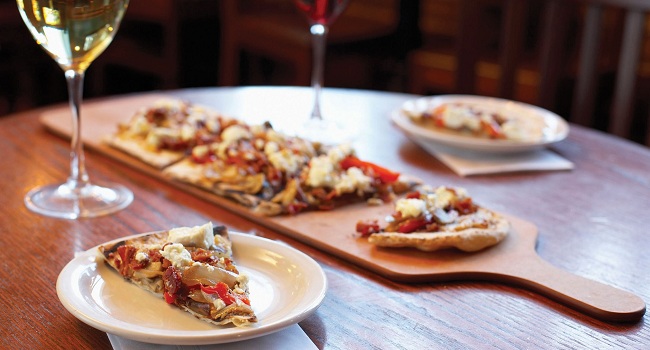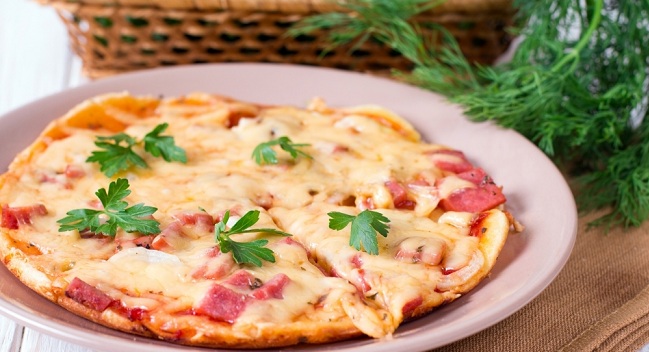Making pizza is very simple, and you can bake it without even having great culinary skills. And our tips will help you make it even easier and faster.

- So, if you decide to make pizza, first you need to knead the yeast dough. Let it stand for 30-60 minutes before baking. The dough must be precipitated 2 times and only then can it be laid out in the mold. To prevent the dough from sticking to your hands, you need to grease your hands with oil.
- You can bake pizza in the oven in 2 ways – on a baking sheet or in a frying pan, and its thickness should be at least 2 mm. Grease the baking sheet with vegetable oil.
- You don’t have to roll out the pizza crust – the dough is laid out on a baking sheet and evenly stretched with your fingers over the entire surface so that its edges hang down a little. Before putting the dough in the oven, it must stand for at least 5-7 minutes.
- If the dough is very damp, place a sheet of parchment on top of it and roll it straight through the paper.
- If you prefer to bake pizza in a frying pan – the classic round shape, generously grease the bottom and edges with vegetable oil, as the dough will rise a lot, and then sprinkle a little with semolina or dust with flour – so that the finished pizza can be freely removed from the mold. Put the dough in a skillet and place for 10-15 minutes in a warm place, and then in the oven.
- Sometimes the dough is put in the oven without filling and baked until half cooked – when it is still raw inside, and a thin crust has formed on top. At this moment, they take it out of the oven, lay out the filling in layers, and bake it until tender.
- The average time for baking pizza is 30-40 minutes at a temperature of 250 ° C. Each pizza is special, so there are slight differences in the recipes.
- So, the dough can be thin or thick. Thin is baked for 20-30 minutes. A thicker layer can be left in the oven for almost 1 hour, but at the same time reduce the heat slightly by lowering the temperature to 220 degrees C.
- The baking time also depends on the filling. If its layer is thin or loose, it is necessary to reduce the time; denser and bulkier require longer baking times.
- If you use different types of filling, then put the raw one on top (for faster cooking). In this case, it is advisable to sprinkle it with cheese or a layer of some other product so that it is not open, but languishes, as if under a lid.
- By the way, it is better to spread a small layer of filling on a thin crust, but not too raw. It is best if it is meat, cheese, fish, pressed or dry vegetables, and dried fruits.
- A thick layer of dough is good for fluffy, layered, and moist filling. You can also layout the main filling of vegetables and meat on it.
- If the pizza turns brown too quickly when baking, then cover it with clean paper dipped in water.







